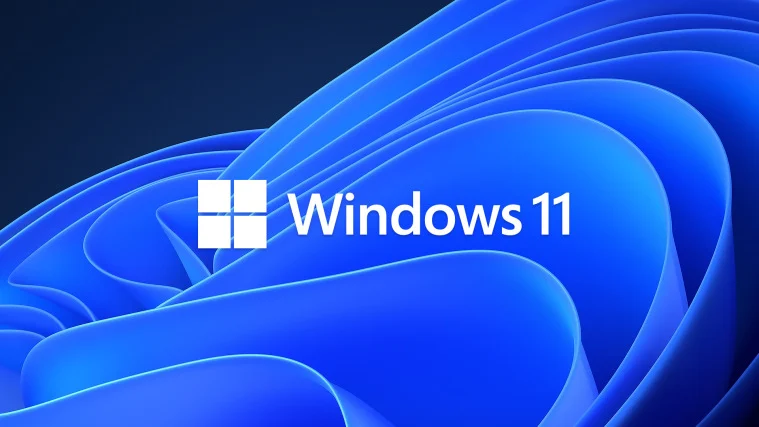Understanding the concept of bit depth can sometimes feel like trying to decode a foreign language. However, it’s crucial to comprehend its implications in computing, particularly with Windows operating systems. This article delves deep into bit depth, ensuring you’ll be fluent in this computing tongue by the end.
Introduction to Bit Depth
At its core, bit depth describes the number of bits a computer uses to represent data. The more bits, the richer the data can be. It’s similar to the difference between a black-and-white photo and a color one: more depth means more detail and complexity.
A Dive into 32-Bit Systems
The 32-bit system was once the crown jewel of computing.
- Origins: Born in a time when computing was finding its feet in personal usage, the 32-bit architecture was the backbone of systems like Windows 95, 98, and XP.
- Limitations: The primary limitation is its ability to only handle up to 4GB of RAM. For modern tasks, this often needs to be revised.
The Dominance of 64-bit
The current standard in most modern PCs, the 64-bit system, is where efficiency meets capability.
- Enhanced Memory: Unlike its 32-bit counterpart, 64-bit systems can handle more than 4GB of RAM, making multitasking smoother.
- Performance Boost: A more comprehensive data bus means faster data processing and better overall performance.
The Relationship Between Bit Depth and Software
Bit depth doesn’t just influence hardware; it plays a significant role in software compatibility.
- 32-bit Software on 64-bit Systems: Thanks to Windows’ emulation mode, most 32-bit applications run effortlessly on 64-bit systems.
- Optimization Matters: Software should match the system’s bit depth for best performance.
Bit Depth’s Impact on Graphics
In digital images and video, bit depth becomes even more critical.
- Richer Colors: Higher bit depths allow for a broader color spectrum in digital images.
- Detailed Video Playback: Videos benefit from smoother gradients and better detail levels.
Venturing into ARM64
ARM64 architecture, traditionally linked with mobile devices, now makes its presence felt in the PC world.
- Power Efficiency: One of the standout features of ARM64 chips is their power efficiency, translating to longer battery life.
- Instant-On: Like your smartphone, PCs with ARM64 promise almost instant boot times.
Security Considerations
Bit depth also plays a role in system security.
- Kernel Patch Protection: Found in 64-bit systems, this feature prevents malicious Software from modifying the kernel.
- Enhanced Encryption: 64-bit systems offer more robust encryption mechanisms, safeguarding user data better.
The Gaming Angle
Gamers, too, have a stake in the bit-depth conversation.
- More RAM, Better Gaming: Modern games can be resource-intensive. A 64-bit system allows games to use more memory, translating to smoother gameplay.
- Graphics and Detail: Higher bit depths mean richer game graphics, offering a more immersive experience.
The Future: Beyond 64-Bit?
With technology’s relentless march forward, what lies beyond 64-bit?
- Quantum Computing: The next frontier, quantum computers, operate on qubits rather than bits. This could redefine bit depth as we know it.
- Advanced Architectures: As hardware evolves, we can see architectures supporting even greater bit depths, enhancing data representation and processing.
Making a choice: Which Bit of Depth is Right for You?
Your decision boils down to your computing needs.
- Casual Users: For basic tasks like web browsing and document editing, even a 32-bit system might suffice.
- Power Users: If you’re into gaming, video editing, or other resource-intensive tasks, a 64-bit system is essential.
32-Bit: The Legacy System
Though primarily phased out in favor of its successor, the 32-bit system remains a foundational pillar in computing history.
- Software Heritage: Many of our software tools began their journey in the 32-bit era. Thus, ensuring compatibility with these tools remains a priority for modern systems.
64-Bit: The Modern Maven
This is the era of 64-bit, and it’s redefining computing prowess.
- Multitasking Maestro: Besides handling more RAM, 64-bit systems process data chunks twice as large as 32-bit systems, making multitasking even more efficient.
The Audio-Visual Impact of Bit Depth
Bit depth is paramount in multimedia processing.
- Sound Clarity: Higher bit depths in audio mean a more transparent sound with less potential for distortion.
- Pixel Perfection: In video and images, a higher bit depth translates to more colors and better gradients, reducing banding effects.
Bit Depth in Gaming
As gaming becomes increasingly realistic and immersive, bit depth plays a pivotal role.
- Detailed Environments: Higher bit depths allow for more intricate game world designs, translating to richer environments and characters.
ARM64: The Power-Efficient Challenger
While x86 architectures (like 32 and 64-bit) have dominated PCs, ARM64 offers a refreshing alternative.
- Mobile Mastery: ARM64 architectures are adept at balancing performance with battery life due to their mobile roots.
Security Implications of Bit Depth
In an era where digital threats loom large, bit depth can be a fortress.
- Address Space Layout Randomization (ASLR): 64-bit systems have a broader address space, making ASLR more effective, complicating attempts by malicious Software to predict the location of specific processes.
Bit Depth and Software Development
For developers, bit-depth considerations are critical.
- Optimized Performance: Developing Software aligned with the system’s bit depth ensures it runs seamlessly and efficiently.
The Road Ahead: Quantum Computing and Bit Depth
The computing world stands on the brink of a quantum revolution.
- Qubits: Quantum computing operates on qubits, which can be both 0 and 1 simultaneously, potentially offering exponential processing power compared to current bit-based systems.
Visit Techaisa.com for further information
Conclusion
Bit depth is more than just a tech buzzword. It’s a pivotal aspect that influences your computer’s performance, capabilities, and compatibility. By understanding its intricacies, you’re better positioned to make informed choices about your Windows system. So, the next time you’re contemplating a system upgrade or software installation, knowing bit depth will ensure you make the right choice.
